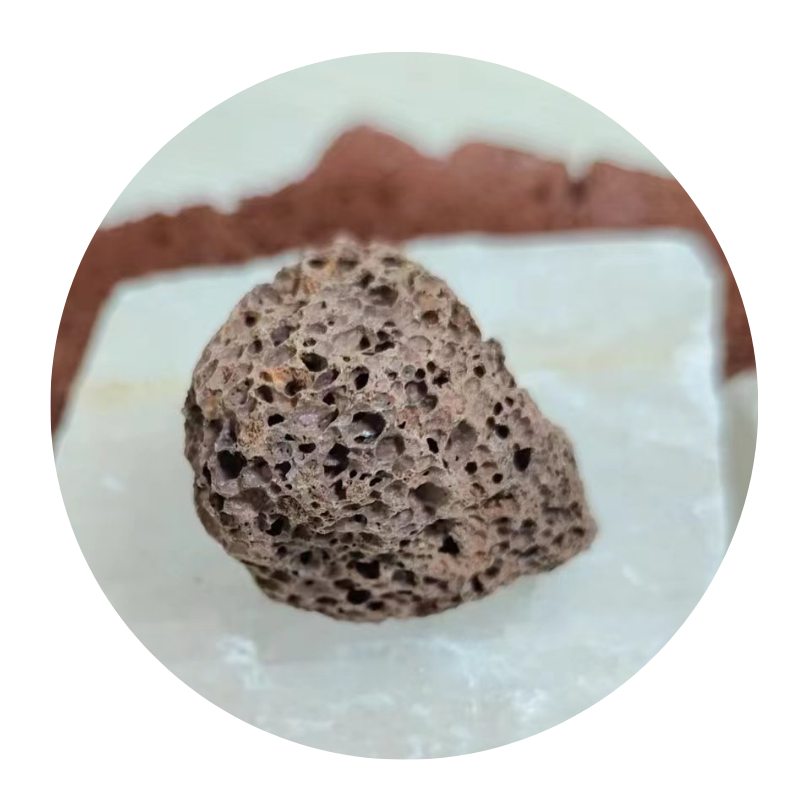
iron oxide types
Understanding Iron Oxide Types Their Properties and Applications
Iron oxides are a group of chemical compounds comprised of iron and oxygen, displaying a variety of physical and chemical properties. These versatile compounds play significant roles in various industries and natural processes. The following article delves into the primary types of iron oxides, their characteristics, and their applications.
Types of Iron Oxides
1. Hematite (Fe2O3) Hematite is one of the most common forms of iron oxide and is characterized by its reddish-brown color. It is primarily an iron ore and has a high iron content, making it vital in steel production. Hematite’s crystalline structure allows it to exhibit magnetic properties, especially in smaller particle sizes. Its applications extend beyond metallurgy; it is employed in pigments, cosmetics, and as a polishing agent due to its abrasive properties.
2. Magnetite (Fe3O4) Magnetite is distinguished by its magnetic properties and black appearance. It contains both ferrous and ferric iron, contributing to its unique characteristics. Frequently found in igneous and metamorphic rocks, magnetite is commonly mined as an iron ore. Its magnetic nature makes it ideal for various applications, including magnetic recording media, magnetic separation in recycling processes, and as a contrast agent in medical imaging.
3. Goethite (FeO(OH)) Goethite is typically found in soils and sedimentary environments and is known for its yellow to brown coloration. It is often formed through the weathering of iron-rich minerals. Goethite is important in the context of soil science, as it influences soil color and nutrient availability. Additionally, it serves as a pigment in arts and construction materials, providing natural earth tones.
iron oxide types

4. Limonite (FeO(OH)·nH2O) Although limonite is not a distinct mineral but rather an amorphous mixture of hydrated iron oxides, it is often mentioned alongside the more recognized oxides. Commonly appearing in brownish-yellow hues, limonite is formed under conditions of weathering and is typically a byproduct of the oxidation of iron minerals. While limonite is considered less important than hematite and magnetite in iron production, it still serves as an iron ore and is used in water treatment processes due to its adsorptive capacity.
5. Wüstite (FeO) Wüstite is less commonly encountered and is generally found in reduced iron environments, such as in blast furnaces. It has a somewhat greenish hue and lower iron content than hematite and magnetite. Wüstite plays a role in the early stages of iron ore processing, as it can be a precursor to both metallic iron and higher oxide phases.
Applications of Iron Oxides
Iron oxides are integral to various applications beyond metallurgy. In the paint and coatings industry, iron oxide pigments provide stable coloration and UV protection. In the realm of electronics, specific iron oxides are utilized in data storage technologies. Their magnetic properties also foster advancements in biomedical applications, such as targeted drug delivery systems and hyperthermia treatments in cancer therapy.
In conclusion, the various types of iron oxides — including hematite, magnetite, goethite, limonite, and wüstite — exhibit unique properties that lead to diverse applications across many fields. Their significance is evident in both natural and industrial contexts, underscoring the importance of understanding these compounds for future innovations and environmental considerations. As research continues to unveil new functionalities and applications, iron oxides are poised to remain invaluable resources in our technological and ecological landscapes.
Share
-
Premium Pigment Supplier Custom Solutions & Bulk OrdersNewsMay.30,2025
-
Top China Slag Fly Ash Manufacturer OEM Factory SolutionsNewsMay.30,2025
-
Natural Lava Rock & Pumice for Landscaping Durable Volcanic SolutionsNewsMay.30,2025
-
Custom Micro Silica Fume Powder Manufacturers High-Purity SolutionsNewsMay.29,2025
-
Custom Mica Powder Pigment Manufacturers Vibrant Colors & Bulk OrdersNewsMay.29,2025
-
Custom Micro Silica Fume Powder Manufacturers Premium QualityNewsMay.29,2025






